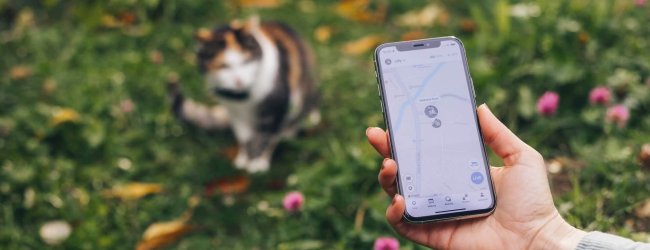GPS Trackers Without Subscription: What Are Your Real Options?
In this post, we break down what a "GPS tracker without subscription" really means, exploring technologies like Bluetooth finders, RF locators, and GPS data loggers. Discover what they can do, and what they can't - and when a full-featured GPS tracker with a service plan is essential.
Thinking about a GPS tracker without a subscription? The idea of tracking your loved ones, pets, or valuables without ongoing fees sounds pretty great, right? But start digging and you’ll find that not all trackers work the same, and the term “GPS tracker” itself is sometimes used loosely.
In this guide, we’ll explore the different types of GPS trackers without subscriptions out there, how they work, what they’re good for, and most importantly, what their limitations are. This is key, because the tech that helps you find your misplaced keys is necessarily very different than what you’d need to find a runaway dog fast. By the end, you’ll have a much clearer picture to help you decide if a subscription-free tracker is the right fit for your needs.
Key Takeaways
Before we dive deep, here are the main things to keep in mind:
- Not all ‘no subscription trackers’ are true GPS: Many devices marketed this way are actually Bluetooth or Radio Frequency (RF) trackers. They have very different capabilities compared to a real-time GPS tracker.
- Real-time tracking usually needs a subscription: If you want to see where something is right now, from anywhere, that tracker needs to send its location data over a network. This typically involves a SIM card, which are the main reasons for subscription fees.
- ‘No subscription’ often means limited range or features: Bluetooth and RF trackers are designed for short distances – think finding something in your home or yard. GPS data loggers record a journey, but they don’t show you live location.
- The best choice depends on what you need to track: Locating your TV remote is a very different challenge from tracking a vehicle or ensuring the safety of a beloved pet. Your specific needs will heavily influence whether a no-subscription option is suitable.
- Understand the trade-offs: You might save on monthly fees, but with many no-subscription options, you could be compromising on crucial aspects like real-time updates, tracking range, reliability, and advanced features.

Always know your buddy is healthy & safe
Read more- Why do most real-time GPS trackers need a subscription?
- The different types of “no subscription” tracker technologies
- Types of “GPS trackers” without subscription at a glance
- So, when is a “no subscription” tracker actually a good choice for you?
- When do you really need a GPS tracker with a subscription?
- Conclusion: making the right choice for your tracking needs
Why do most real-time GPS trackers need a subscription?
You might wonder, if GPS satellites are up there beaming signals for free, why the monthly fee for a tracker? That’s a great question! It’s true that the signals from GPS satellites are free for a device to receive and figure out its location. However, the magic of real-time tracking – seeing that location on your phone or computer instantly – involves more than just receiving those signals.
The key is transmitting that location data from the tracker to you. This is where the costs come in. Here’s a breakdown:
- Cellular Connection: Most real-time trackers use a SIM card to connect to cellular networks to send location updates. These M2M (machine-to-machine) SIMs and data cost money.
- Servers & Infrastructure: Data sent by the tracker is received, processed, and stored on servers, making it accessible via an app or web platform. Maintaining this costs money.
- App & Software Development: User-friendly apps and the underlying software require ongoing development, updates, and bug fixes.
- Customer Support: Providing help for issues or questions is an operational cost.
So, a subscription typically covers these ongoing operational costs. It’s what allows companies like Tractive to provide you with reliable, live tracking over any distance, advanced features like geofencing or detailed history, and the support you need. Think of it like your cell phone plan: you buy the phone (the device), but the plan (the subscription) is what lets you actually use it to call, text, and browse the internet. Without that service layer, the device’s ability to communicate in real-time is severely limited.
The different types of “no subscription” tracker technologies
When you see “GPS tracker without subscription,” it usually refers to one of a few different types of devices. It’s important to understand that not all of these actually use GPS in the way you might expect for live tracking. Let’s look at what they are, how they work, and what they’re best for.
GPS data loggers: recording your journey, not tracking it live
A GPS data logger uses GPS satellites to determine its position, just like a real-time GPS tracker. However, instead of sending that location to you live, it stores this data – such as coordinates, speed, altitude, and time – in its internal memory or on a removable memory card. These devices are self-contained and don’t require an active data connection while they are recording.
To see where the logger has been, you typically need to retrieve the device itself. Then, you connect it to a computer to download the data. Specialized software, usually provided by the manufacturer, then allows you to view this information, often plotted on a map.
Pros
- No ongoing fees
- Good for historical review (e.g., logging hikes, mileage)
- Accurate GPS location data
- Potentially longer battery life as they don’t transmit constantly
Cons
- NO real-time tracking; you only see where it has been
- Physical retrieval needed for data
- Limited features (no live alerts, geofencing)
Good for you if: You need to record journeys for later analysis and can easily retrieve the device (e.g., logging personal trips, mileage). Be wary of devices marketed as “no monthly fee GPS trackers” that are primarily data loggers or offer limited-time service.
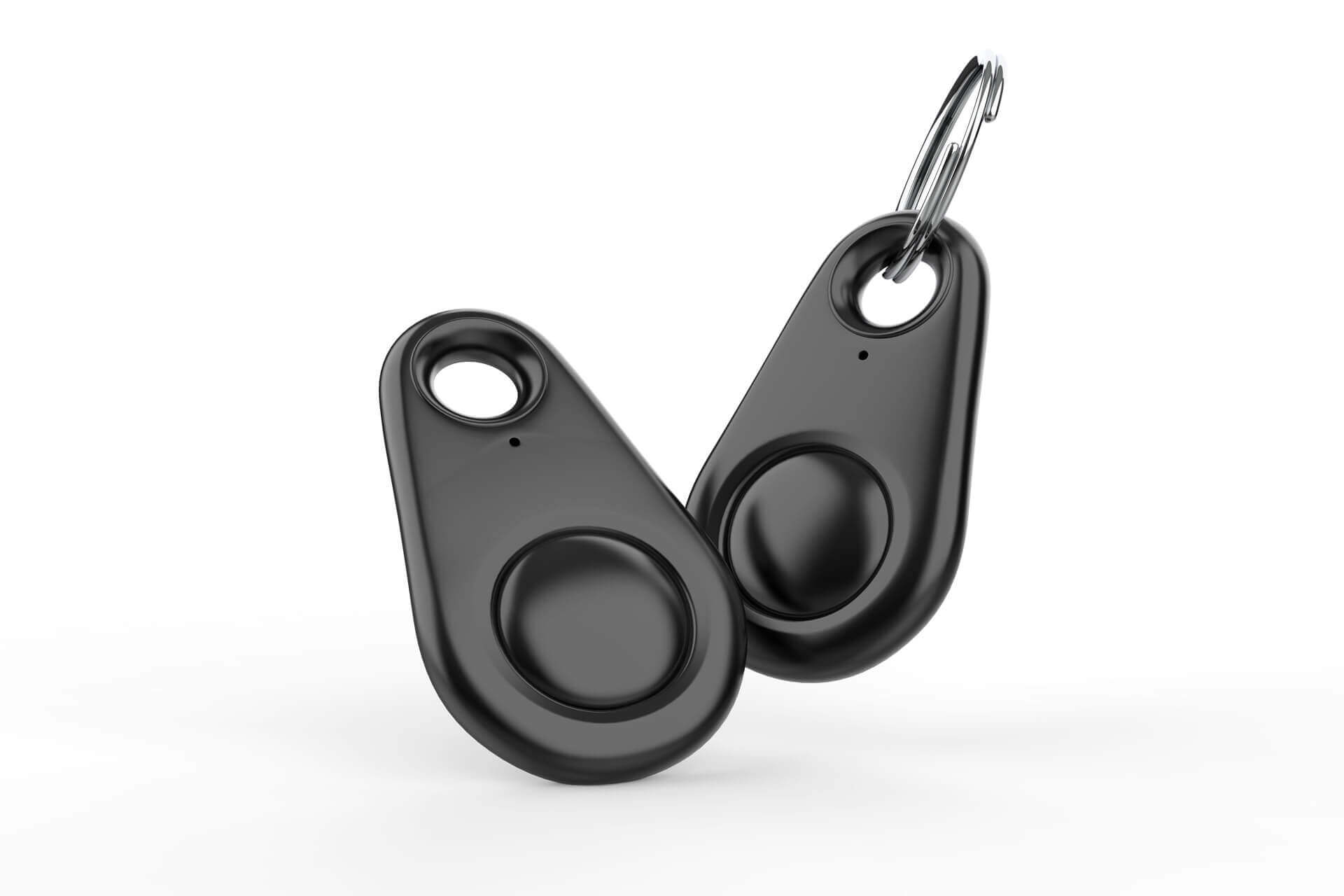
Bluetooth trackers: finding lost items nearby
You’ve probably heard of popular devices like Tile or Apple AirTags. These are prime examples of Bluetooth trackers. They are small, often coin-sized tags that you can attach to items you frequently misplace, such as keys, wallets, purses, or even TV remotes. They work by using Bluetooth Low Energy (BLE) technology to establish a connection with your smartphone when it’s within a certain range.
How they work
- Short-Range Finding: Use an app to make the tracker ring when in Bluetooth range. Some apps show proximity.
- Last Known Location: The app records the last place/time it connected to your phone.
- Community Find (Crowdsourcing): If lost, other users in the same network passing near your item can anonymously update its location in your app.
Pros
- Affordable, one-time purchase
- Small, lightweight, long battery life (months to years)
- Great for misplaced items nearby
Cons
- NOT GPS; relies on Bluetooth connection to your phone or community network
- Very limited direct finding range
- No true real-time tracking over distance; relies on periodic community updates
- Community find feature may not always be effective
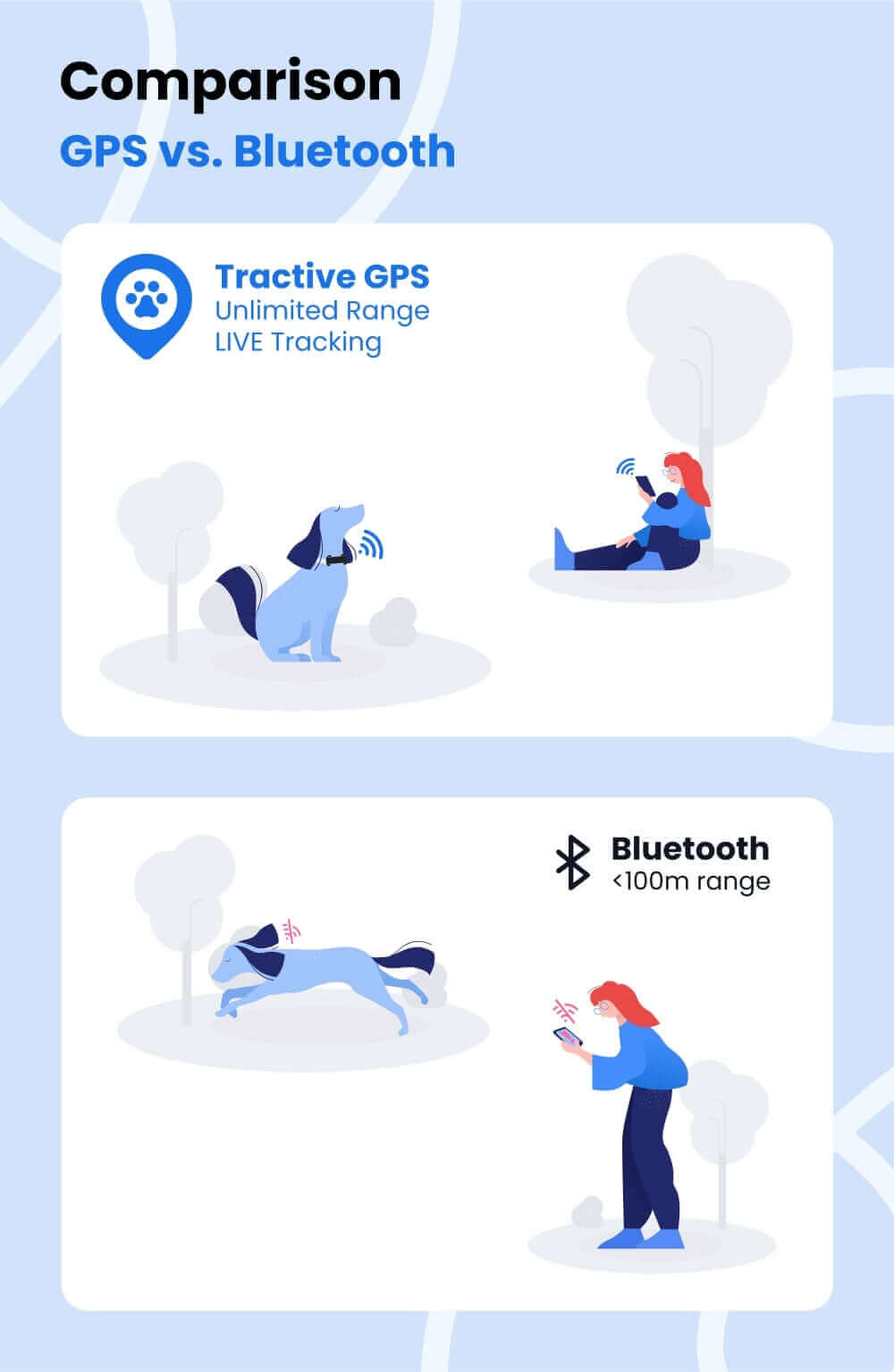
When are they a good fit for you?
Bluetooth trackers are fantastic if you often misplace items like your keys, wallet, TV remote, or a small bag within your home, office, or similar confined areas. They’re also quite handy for items like luggage, where the hope is that the community network might pick up its location if it goes astray at an airport. Some people also use them creatively on items like bikes or in a child’s backpack, but it’s important to understand their limitations. Because a thief could discover and discard the tracker, or it might not be detected quickly enough if taken to an area with poor network coverage. Examples include Tile, Apple AirTag, and the Samsung SmartThings Tracker.

RF (radio frequency) finders: the simple beep-and-find
RF (radio frequency) finders are another common type of “no subscription” item locator, often representing the simplest approach to finding lost belongings. A typical RF finder kit includes a credit-card-sized transmitter (or a small remote control) and one or more small receiver tags that you attach to your items.
How they work
You press a color-coded or number-coded button on the transmitter that corresponds to the specific tagged item you’re looking for. The transmitter sends out a radio signal, and if the matching tag is within range, it will respond by beeping loudly. Some models may also have a flashing LED light on the tag, so you can see where it is in dimly lit areas. It’s a straightforward call-and-response system.
Pros
- Very simple to use; no app or smartphone needed
- No subscription fees
- Good for finding items by sound nearby
- RF signals can penetrate some obstacles
Cons
- NOT GPS; relies on RF link
- Limited range
- No “last known location” on a map
- No community find feature
- Useless if you lose the transmitter
When are they a good fit for you?
An RF finder could be helpful if you want a simple, no-fuss method for locating items inside your house or a similar area. They are particularly well-suited for individuals who may not be comfortable with smartphone apps or prefer a dedicated, standalone device. They bring it back to basics: press a button, follow the beep.
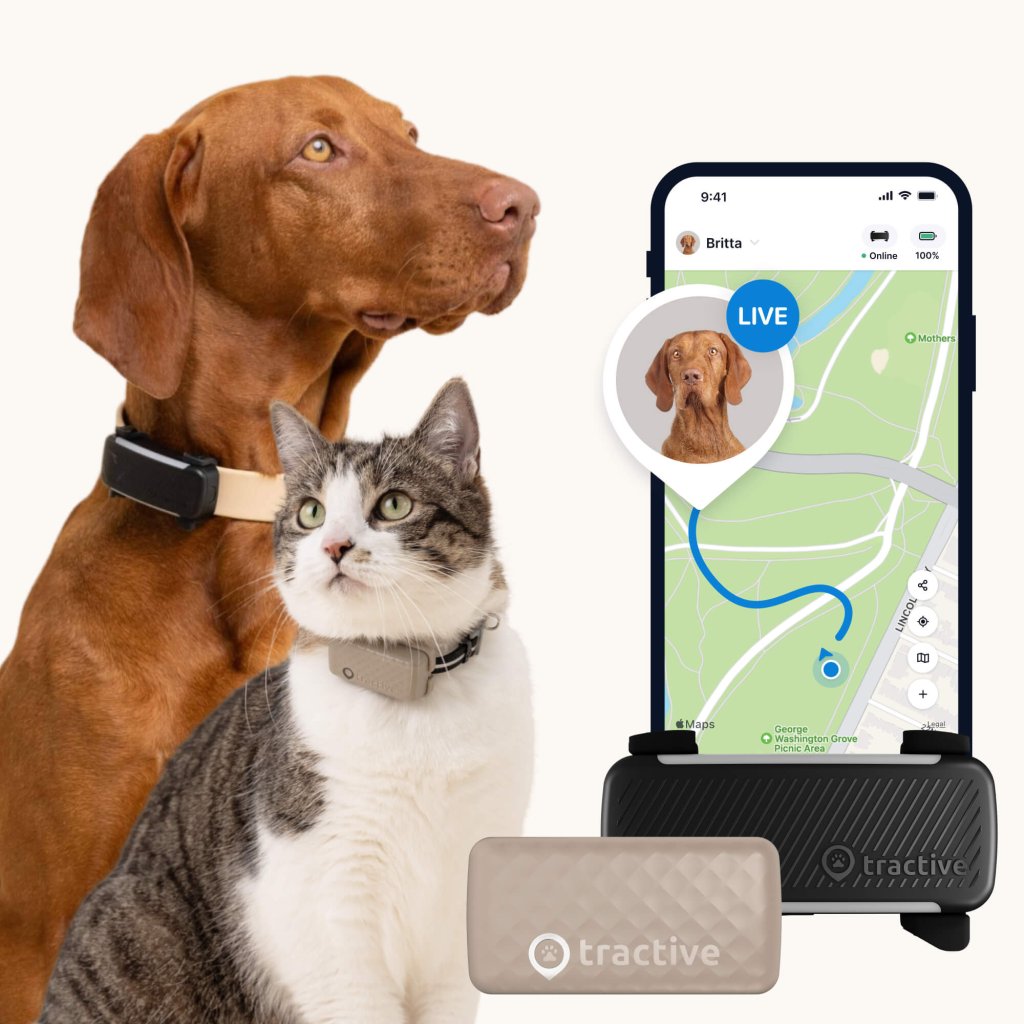
Keep your pets healthy & safe
Get real-time location information, wherever they go. See how much – or how little – activity they’re getting. And get Health Alerts if something might be wrong.
Types of “GPS trackers” without subscription at a glance
To help you quickly compare these different “no subscription” options, here’s a simple table summarizing their key features and differences. Understanding these distinctions is crucial because the “best” tracker for you entirely depends on what you need to track and how you need to track it.
| Feature | GPS Data Logger | Bluetooth Tracker | RF (Radio Frequency) Finder |
|---|---|---|---|
| How It Works | Records GPS locations to internal memory for later download | Connects to phone via Bluetooth; uses community network if out of range | Transmitter signals tag to beep/flash |
| Primary Technology | GPS, Internal Memory | Bluetooth Low Energy (BLE), Crowdsourced Network | Radio Frequency (RF) |
| Typical Range | N/A (records globally, data retrieved locally) | 30-400 ft (direct); Potentially global via community | Up to 100-150 ft |
| Real-Time Tracking? | No (historical data only) | No (last seen/community updates, not continuous live) | No (locates by sound when activated nearby) |
| Subscription Needed? | No | No | No |
| Best For (Examples) | Logging routes (hikes, drives), mileage tracking | Misplaced keys, wallets, bags nearby; luggage (community find) | Finding keys, remotes, glasses within the home |
| Pros | No fees, accurate historical GPS data, often good battery life | Affordable, small, long battery life, community find feature | Very simple, no app needed, can penetrate some obstacles |
| Cons | No live tracking, physical retrieval needed for data, limited features | Not GPS, very limited direct range, community find not guaranteed, no true live tracking over distance | Not GPS, limited range, no map/last seen, transmitter dependent |
So, when is a “no subscription” tracker actually a good choice for you?
“No subscription” trackers are useful in specific situations:
- GPS Data Logger: For recording routes for later review when live updates aren’t needed and you can retrieve the device.
- Bluetooth Tracker: For frequently misplaced small items nearby. The community find is a bonus for items lost further away, but not a guaranteed live solution.
- RF Finder: For the simplest sound-based location of items within your home, without needing an app.
These are best when the item isn’t far, or immediate live location isn’t critical.
When do you really need a GPS tracker with a subscription?
But what if your tracking needs are more demanding? What if the item is highly valuable, at risk of theft, or could be miles away? What if you absolutely need to know its location right now, with a high degree of reliability? This is where GPS trackers with a subscription typically shine and become a necessity rather than a luxury.
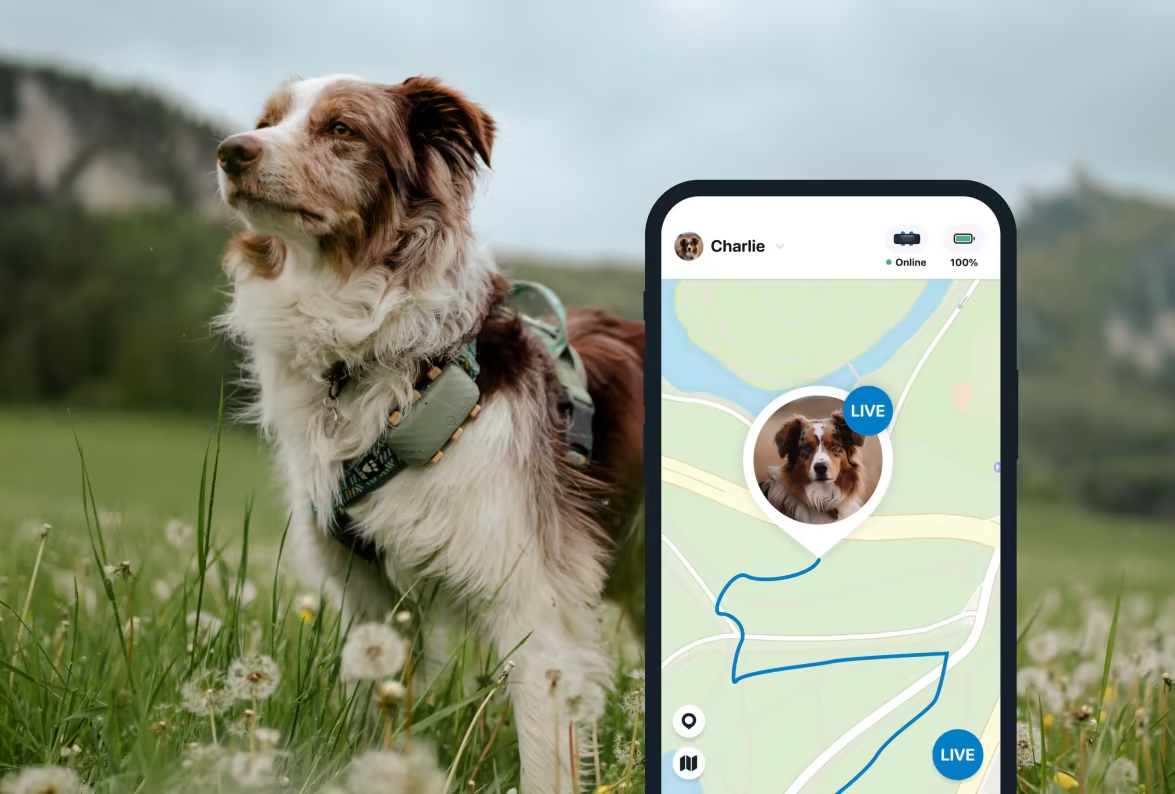
Subscription-based GPS trackers are typically the most effective solution in these scenarios:
- True Real-Time, Any-Distance Tracking: For live, up-to-the-minute location of anything important, anywhere from across town to across the country (or even world), a tracker with cell data (covered by the subscription) is key.
- Effective Theft Recovery: When dealing with high-theft-risk items (like vehicles, valuables or even dogs), instant location updates, real-time movement tracking, and motion alerts are crucial for recovery—features where no-subscription options often fall short.
- Monitoring Critical Assets & Ensuring Peace of Mind: If an item’s location is vital for its safety, security, or your peace of mind, especially if its whereabouts can change rapidly, reliable live updates are paramount.
- Access to Advanced Features: Subscriptions usually unlock powerful tools like geofencing (virtual boundary alerts), unlimited and detailed location history, speed or behavior alerts, plus ongoing customer support and software updates.
The trade-off is clear: yes, there’s an ongoing fee for a subscription-based GPS tracker. However, what you’re paying for is a significantly higher level of reliability, much wider (often global) coverage, truly real-time information, and typically, a more robust set of features and support. These capabilities simply aren’t feasible to deliver without that ongoing service infrastructure that covers data transmission, server maintenance, and software development.
Conclusion: making the right choice for your tracking needs
Choosing a GPS tracker, whether it comes with a subscription or not, really boils down to understanding what you need it to do for you. There’s no single “best” option that fits everyone’s needs perfectly. The allure of “no subscription” is strong, but it’s crucial to look beyond that and understand the technology you’re actually getting.
With a clearer view of GPS data loggers, Bluetooth trackers, and RF finders, you can better decide. Ask yourself:
- Do I need live, real-time location, or is historical data/nearby sound sufficient?
- How far might the item be?
- Are advanced features like geofencing important?
- What’s my budget versus my need for reliability and range?
For misplaced keys or remotes, a Bluetooth or RF finder might be perfect. For logging bike routes, a GPS data logger could be ideal. However, for critical tracking— runaway pets, valuable assets, vehicles, or anything needing precise, real-time location over any distance—a subscription-based option is your best bet. The subscription is a small price to pay for the valuable features and reliability you get (and need) in those demanding situations.
Read More:



